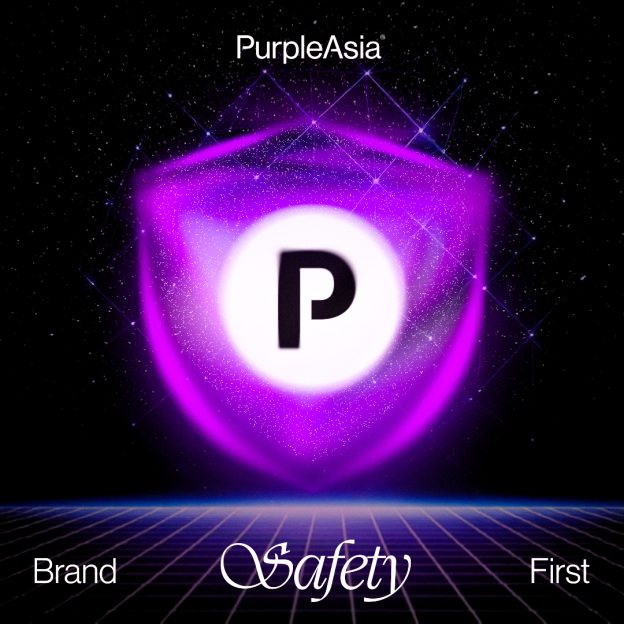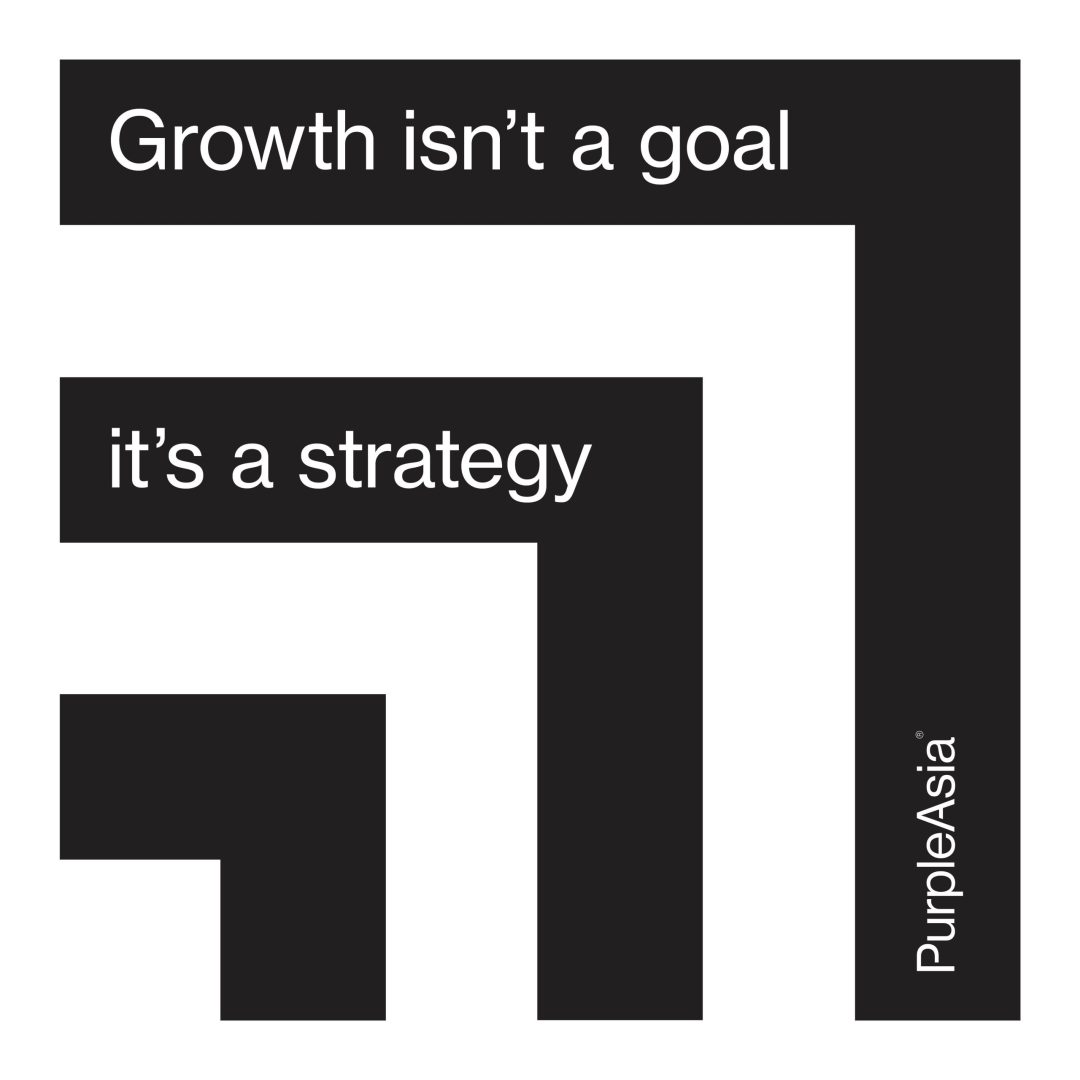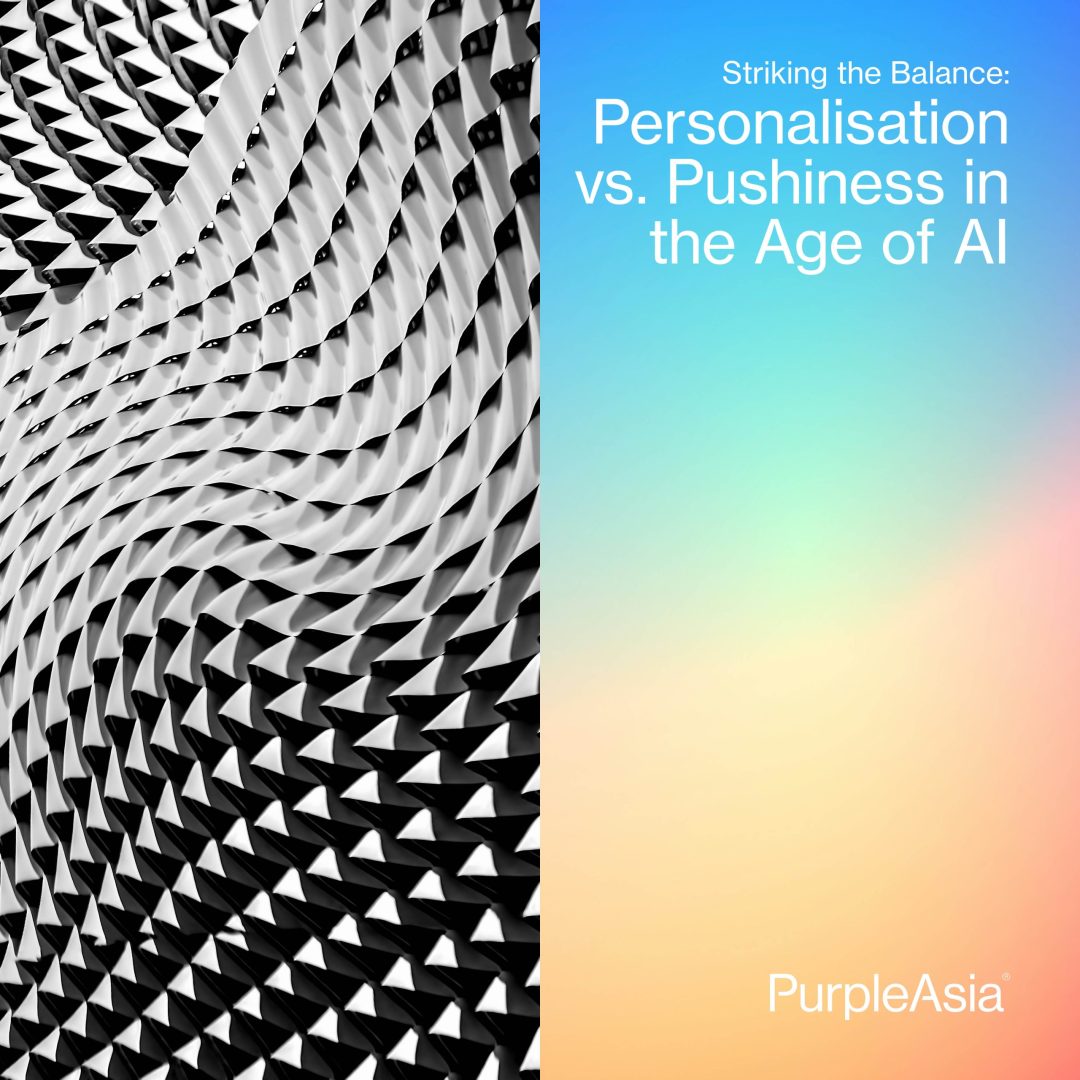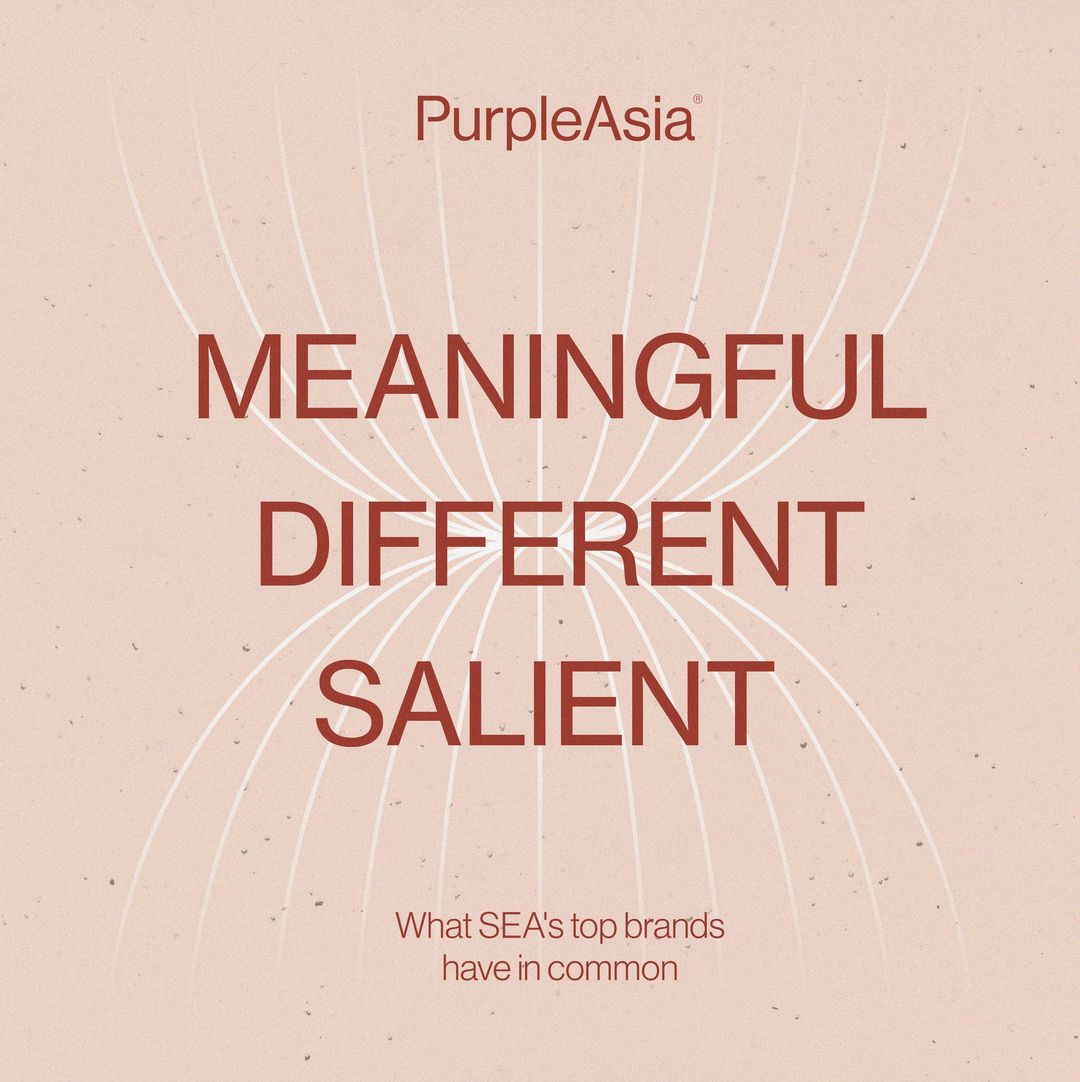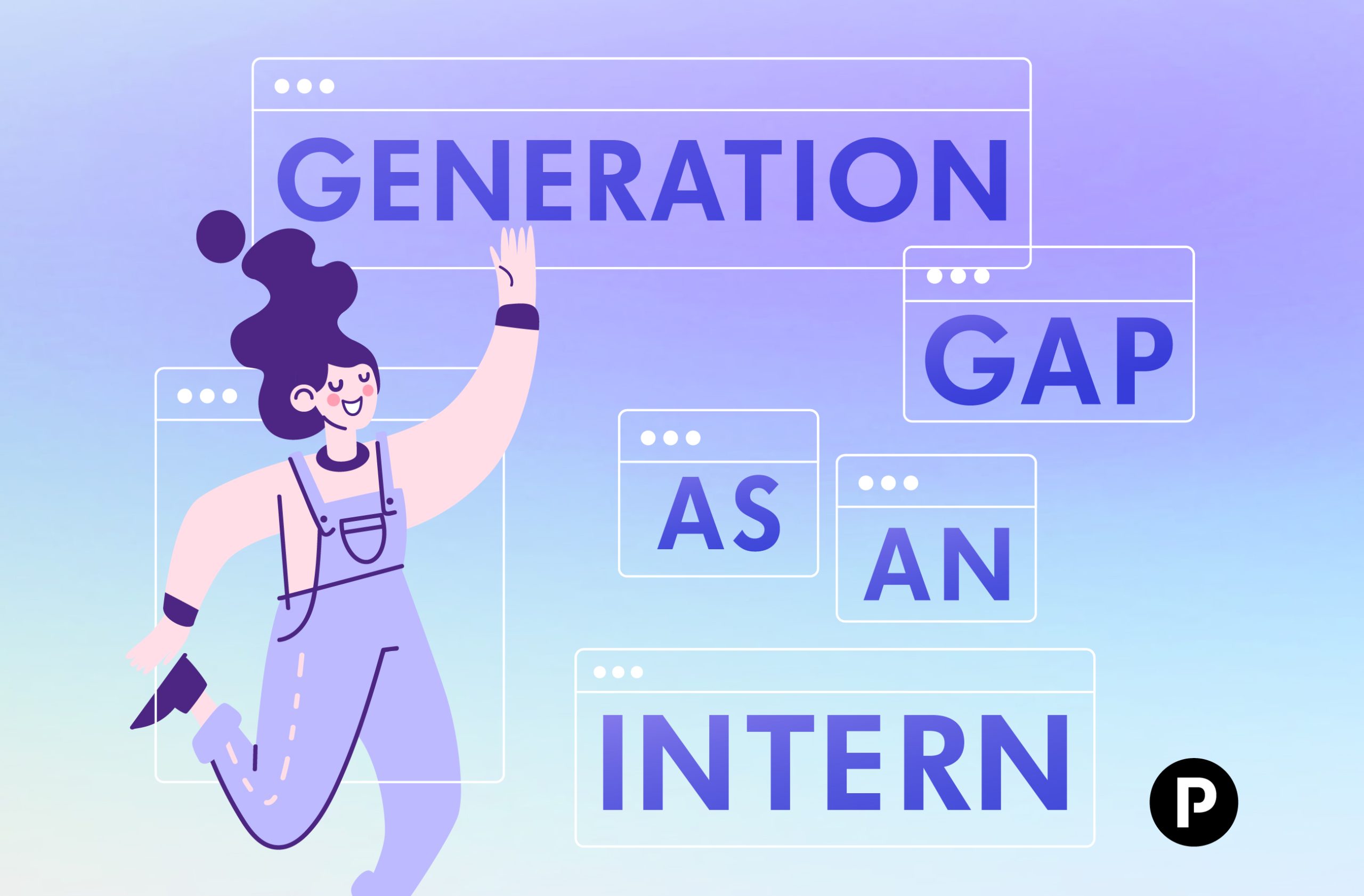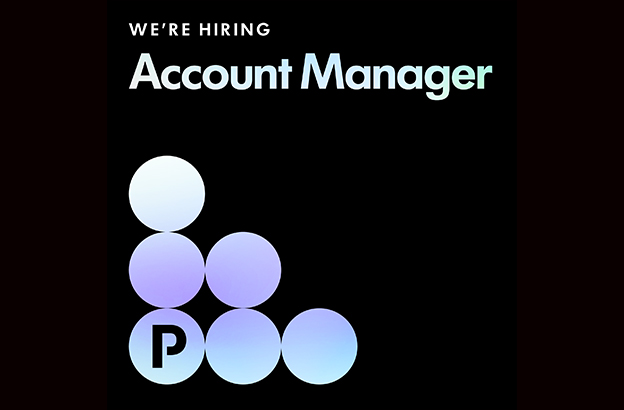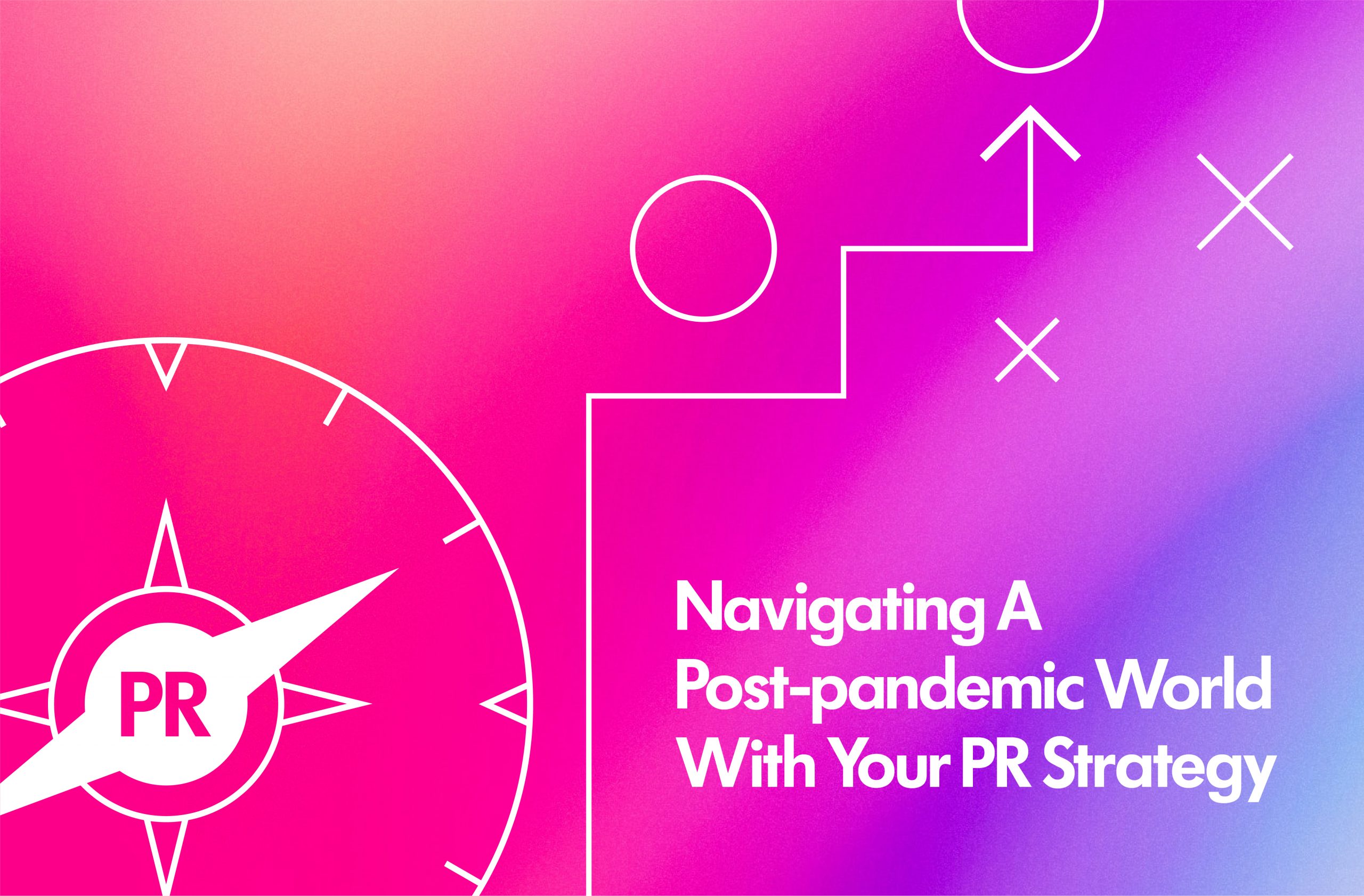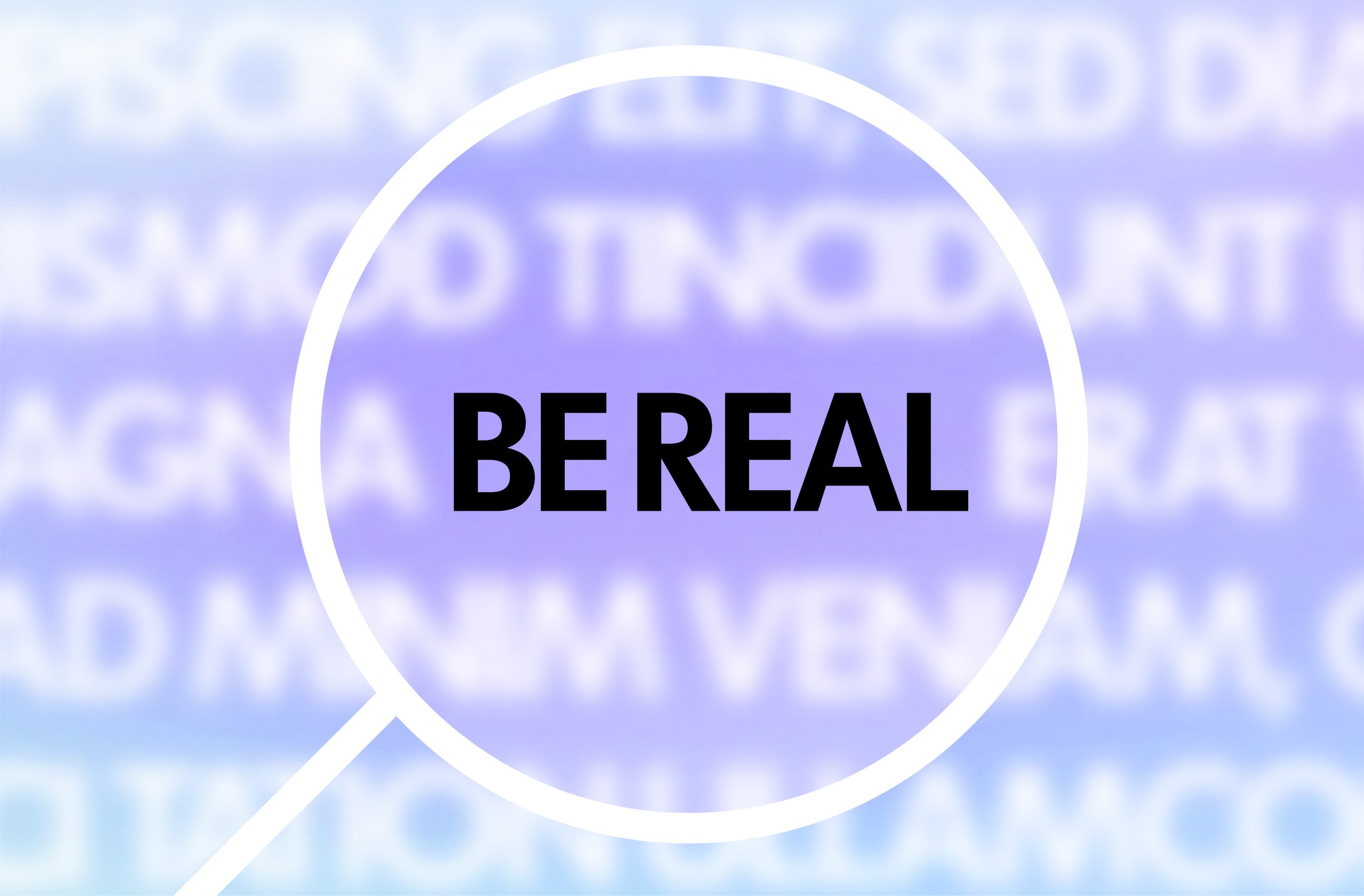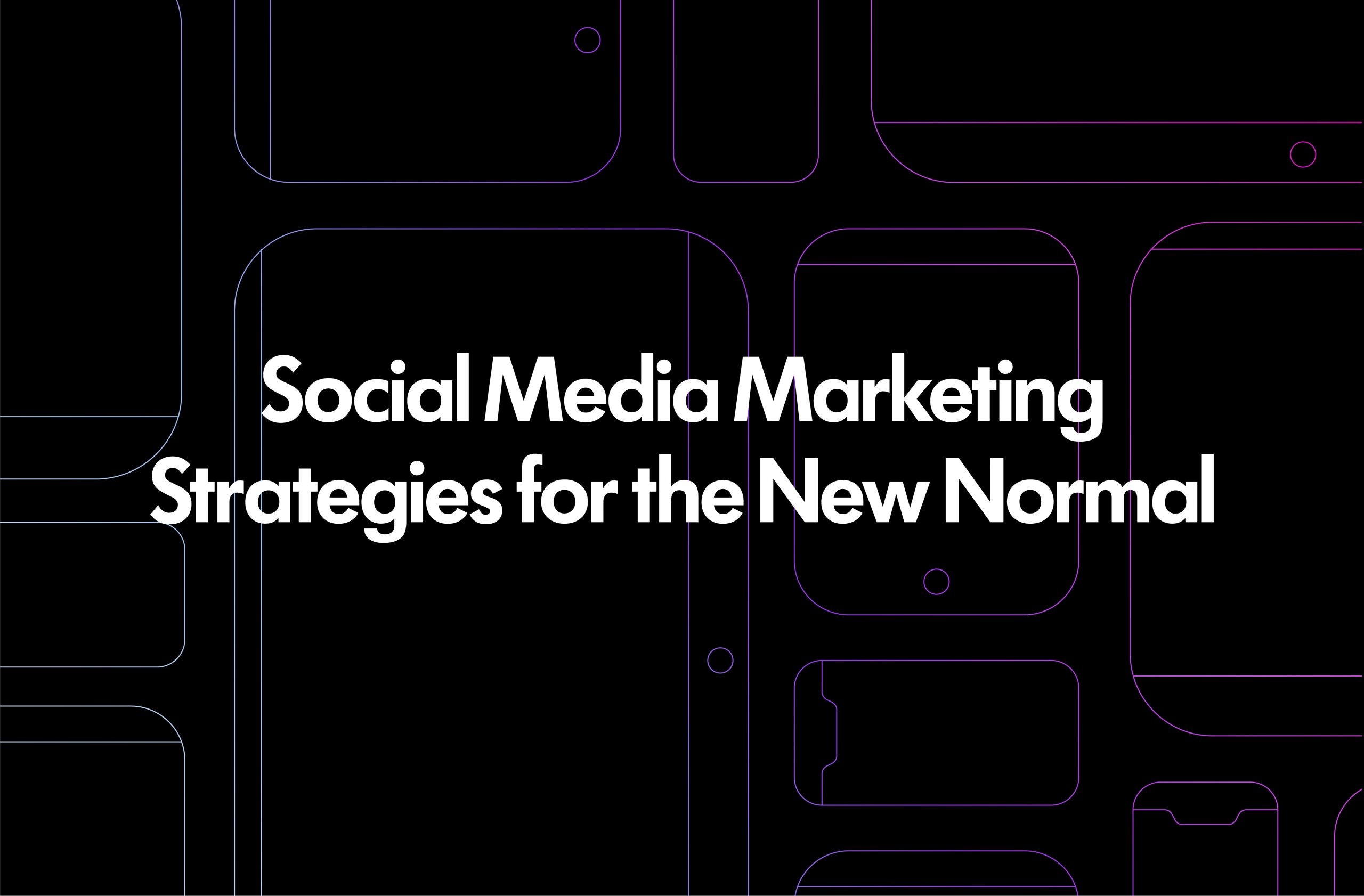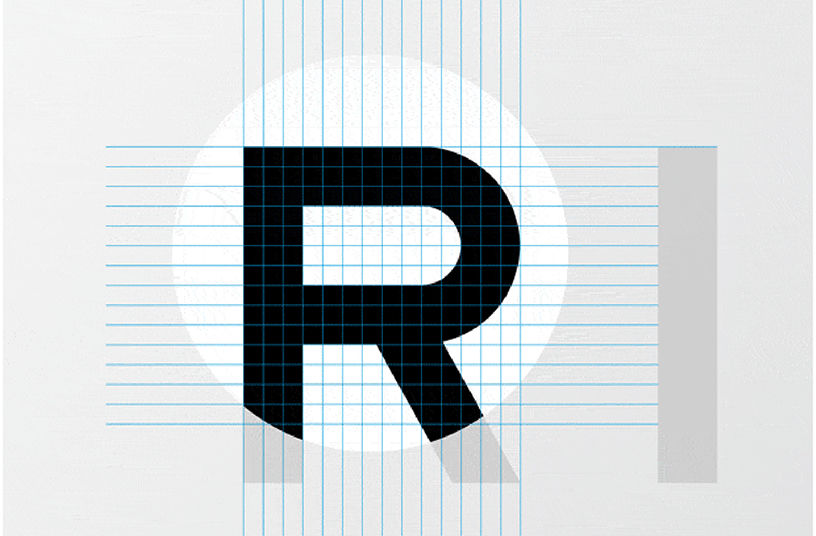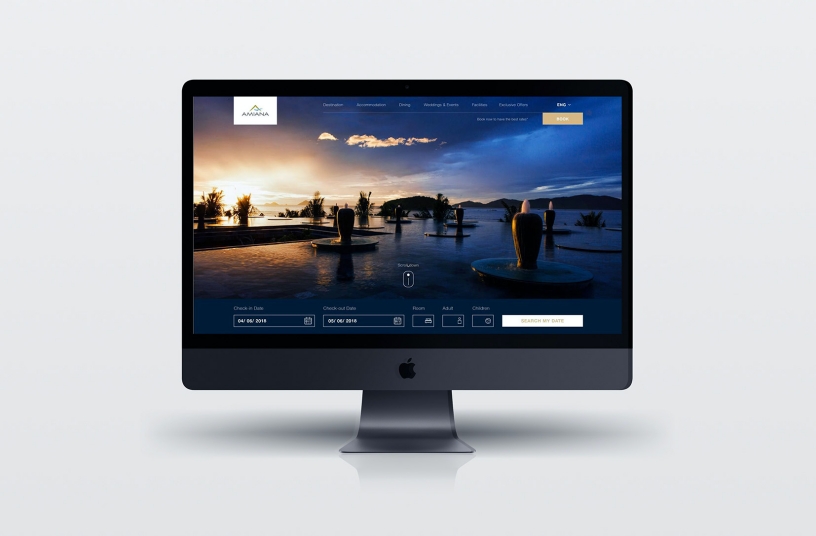Twitter’s ‘X’ rebrand vaporised over $29 billion—66% of its brand value—in record time. Ditching the iconic bird and confusing users, X showed almost overnight how a rebrand can be catastrophic—its user base scattered, advertisers fleeing, and investors wincing. A $44 billion bird turned into a $15 billion question mark. Time will tell how resilient the brand is (users still ‘tweet’, and the lexicon of the brand is still widely used—’Twitterstorm’, ‘Retweet’, and ‘Twitterverse’ are not going away), but there are lessons to be learned for anyone considering refreshing their brand.
Rebranding can be a huge opportunity, but also a potential minefield. How does a business decide when and why it should rebrand? Here’s PurpleAsia’s guide…
The Case for Rebranding
Evolution of Purpose: If your brand no longer mirrors your company’s cor essence, it’s akin to wearing clothes that no longer fit. A rebrand can be the tailor that ensures your brand aligns seamlessly with your renewed purpose.
Mergers, Acquisitions, and Partnerships: When two business entities become one, it’s often a dance of identities. A rebrand can serve as a unifying force, creating a cohesive image that embodies the strengths of both entities.
Relevance in a Changing World: Trends change, cultures shift, and what was once ‘in’ might now be ‘out’. If your brand feels like a relic of the past, a rebrand can be the bridge to the present, ensuring you remain relevant in the eyes of your audience.
Reputation Management: Every brand, at some point, faces challenges. Some challenges tarnish reputations. In such cases, a rebrand isn’t just strategic; it’s necessary. It offers a fresh start, a chance to rebuild trust and re-establish connections.
The Flip Side: The Risks of Rebranding
However, rebranding isn’t a magic wand that instantly solves all problems. It’s a tool, and like all tools, it comes with its set of challenges.
Cost Implications: Rebranding isn’t just about designing a new logo. It’s a holistic process that can involve changes in advertising, packaging, merchandising, and corporate culture. This can be a costly endeavour, and businesses need to ensure they have the resources to see it through.
Customer Confusion: Your existing customers have built a relationship with your current brand. A sudden change can lead to confusion or even alienation. It’s crucial to manage the transition smoothly, ensuring customers feel a part of the journey.
Internal Resistance: Employees often have a deep connection to the brand they work for. A rebrand can lead to resistance or a feeling of loss. Managing internal stakeholders, ensuring they understand the reasons behind the rebrand, and making them champions of the change is vital.
Unforeseen Challenges: The road to rebranding can be fraught with unforeseen challenges, from legal issues (trademark disputes) to logistical ones (updating branding on physical assets). It’s essential to have a plan in place to address these challenges.
The Deep Dive: When is the Right Time?
The decision to rebrand should never be taken lightly. It’s not about chasing a trend or making a change for the sake of change. It’s a deeply strategic decision that requires introspection. Ask yourself: does our current brand align with our mission and vision? How do our customers perceive our brand? Is there a disconnect? Are we facing challenges that a rebrand might help address? Do we have the resources (time, money, manpower) to invest in a rebranding exercise?
Rebranding, when done correctly, can be a powerful catalyst for growth. It can re-energise a company, reposition it in the market, and rekindle its relationship with customers. But it’s also a journey filled with challenges. As with all things in business, it requires a balance of intuition and strategy, of looking inward for answers while also keeping an eye on the ever-changing external landscape. In the words of the great Zig Ziglar, ‘You don’t have to be great to start, but you have to start to be great.” If you believe your brand has the potential to be great, and rebranding is the path to that greatness, then start. But start with clarity, purpose, and a deep understanding of both the rewards and challenges that lie ahead.


















